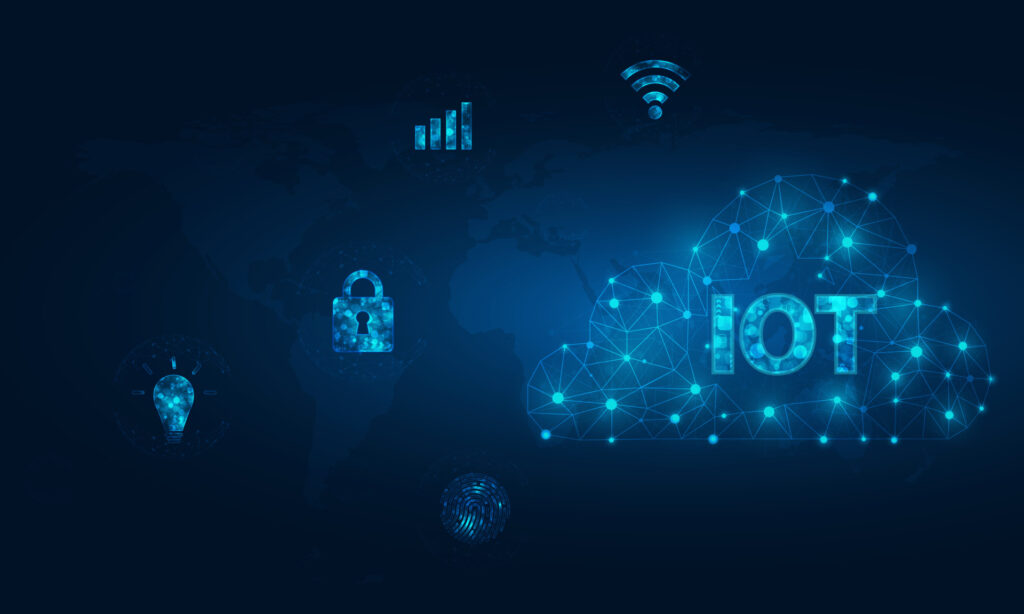In today’s business world, organizations are increasingly aware of the power of data to get to know their customers better and establish new business strategies. If the company has devices connected to the Internet of Things (IoT), it makes it possible to count on numerous data that, when managed and analyzed, enable it to continue this path of knowledge. IoT makes it easier for data to be filtered, selected, interpreted, and then used to give greater value and effectiveness to certain business activities.

Data and IoT
If a company deploys an infrastructure of objects and sensors that are connected to the Internet, with the help of service providers or on its own, it already has a good source of data collection. Once the network of IoT devices has been developed, the objects can interact with each other or with the environment, and the company receives a large amount of data from which relevant information can be extracted. If a company wants to do this, it must have an appropriate and compatible infrastructure, that allows the information to be transmitted and analyzed in real-time.
Having the data in a centralized infrastructure and not spread out over several, makes the work easier and saves costs in data treatment and storage. When the data is in this base, other technologies are used, such as Cloud Computing, Artificial Intelligence, and Machine Learning, to manage this vast amount of information and get the most out of it. These technologies are also used to analyze the data and generate reports that ease new work perspectives, enhancing the business.
The combination of IoT with big data saves time and money for the organization, as the technology automates processes that are otherwise a lot slower and more expensive. You can do ingest, storage, analysis, and other tasks that would be impossible for a human otherwise.
In addition, employees save time by using analysis tools that give results in seconds or minutes, which helps them create business or marketing plans with the right results.
Before developing the IoT network, the company must choose its data management and analysis strategy. You should know how the data will be analyzed, so you could prepare the entire infrastructure accordingly. These decisions can be flexible and change over time, with the company’s needs changing or if more departments access this big data.
How to exploit Data generated by IoT
Some of the enhancement methodologies of the data coming from the IoT are:
- Optimization of internal processes – big data analysis is useful within a production line for managing the operation of the system and the prediction of criticality. The collected data can help solve problems and failures that can block or damage production and develop solutions to avoid them. With certain software and platforms, you can collect data directly from machines in production, so it’s possible to know where and how to intervene in real-time.
- Creation of new generations of products and services – in the case of products, sensors allow monitoring the operation of the devices and related components, while in the case of services, it’s possible to enhance most required functions. These data allow constant development and improvement of products and services and the creation of new solutions based on usage behaviors.
- Customization – by interpreting the data produced by IoT, it’s possible to perform special tests and intercept customer preferences. You should analyze the trends of use by the customers of a specific service, so your company can provide new solutions to manage it more effectively.
- Direct monetization of data – it’s possible to generate income through the sale of data to other external parties.
- Advertising and commerce – studying information enables the creation of customized advertising campaigns that are strongly targeted.
Advantages Of Uniting IoT and Data
There are numerous advantages of using IoT to acquire data in many sectors, which include:
- Expanding the variety of data types and quantity – A sensor can be placed in a wearable, in a tilled field, or under farmland to obtain data.
- Analyzing instantly, in real-time, with the combination of technologies such as artificial intelligence and deep learning.
- Helping employees focus on other important tasks by digitizing some “human” tasks.
- Making more and better decisions.
- Saving costs and resources – Collecting and analyzing data includes a large investment of time and staff that disappears when IoT and big data are combined. This improves the company’s business goal while obtaining higher-quality information.
- AI in IoT: Benefits, Components, and Impact - April 10, 2025
- AI and Low-Code/No-Code: A New Era of Development and Innovation - February 25, 2025
- The Ultimate Guide to AI in IT Support: The Tools, Benefits & Challenges You Must Know - February 11, 2025
